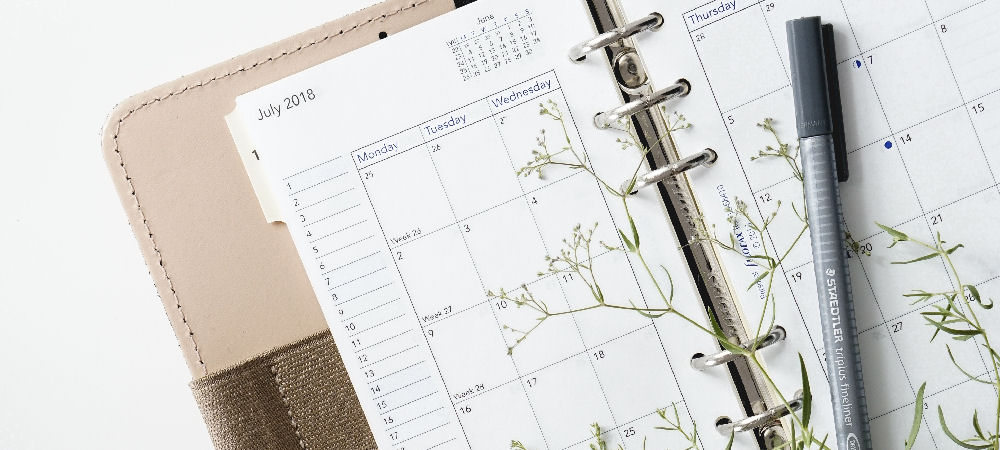As the summer days start growing shorter, we start looking at the calendar and thinking about lesson plans for the new school year. Lesson planning seems like a daunting task for many of you. You may not know where to start. You might be nervous about figuring out how to fit everything in. You might have multiple children and are trying to figure out the how of lesson planning and scheduling. After homeschooling for the past eighteen years, I have learned a lot about lesson planning. The first rule of thumb is to keep it simple. When you make up elaborate lesson plans, you start to feel overwhelmed.
First, sit down with the curriculum you have chosen for the year and review how it is set up. Some books are set up with daily lessons. Some are set up with modules. Some have chapters. You need to have a good idea of the lay of the land for the books you will be using.
Next, determine how many pages or chapters need to be covered each week. Divide the total number of pages or chapters by the number of weeks in your school year. For 180 educational days, you are looking at thirty-six weeks of school. For example, the science or history book you picked has 400 pages. Your child needs to read approximately eleven pages per week. You need to factor in time for testing, as well, if you administer tests for these subjects. Your student needs to read approximately two-and-one-half pages per day. If you wanted to allow for a test day, increase the pages read per day. If you have a math book with 130 lessons, you also want to look at the testing plan for the book and add those days into your schedule. Your child will likely do four lessons per week plus a testing day.
After you divide the books up in this manner, you have an idea of how to start your lesson planning. You will also want to look at your calendar and review other commitments. Do you have a weekly co-op or supplemental classes? You may need to increase the amount of reading or lessons your child does on the other four days of the week to accommodate these educational events.
If you are lesson planning for multiple children, use a format that allows you to see an overview of your children’s lessons. Look for subjects that you can combine teaching time with two or more children that will help you with lesson planning time and teaching time. History and science lend themselves to multi-level teaching for children below high school level.
You do not have to plan out your entire year at once. I recommend that you do lesson planning once a week. Normally, that works well to finish by the end of the week. You can review the work completed and plan the next week’s lessons. When you plan too far ahead, it makes it difficult to catch things up when sickness comes along. When you are planning your start and end dates for your school year, allow for things such as illness. You will want some flexibility with your schedule for holidays, as well.
You have the freedom to choose the days you homeschool according to North Carolina statutes. You have the freedom to choose your curriculum. Don’t stress yourself out with elaborate lesson plans.




